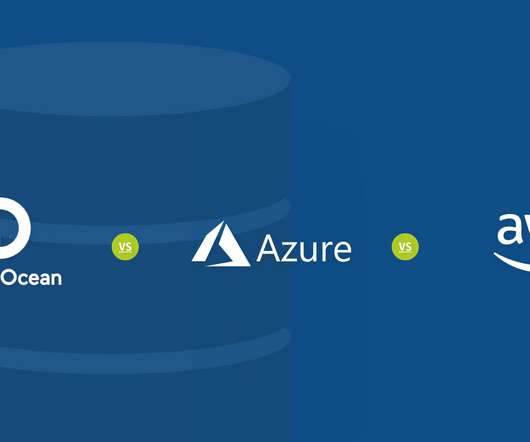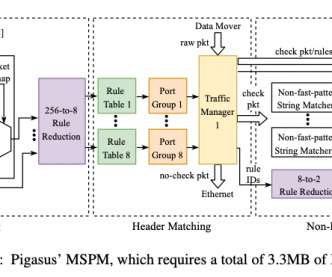Understanding operational 5G: a first measurement study on its coverage, performance and energy consumption
The Morning Paper
OCTOBER 4, 2020
Understanding operational 5G: a first measurement study on its coverage, performance and energy consumption , Xu et al., The first 5G networks are now deployed and operational. The study is based on one of the world’s first commercial 5G network deployments (launched in April 2019), a 0.5 energy consumption).













Let's personalize your content